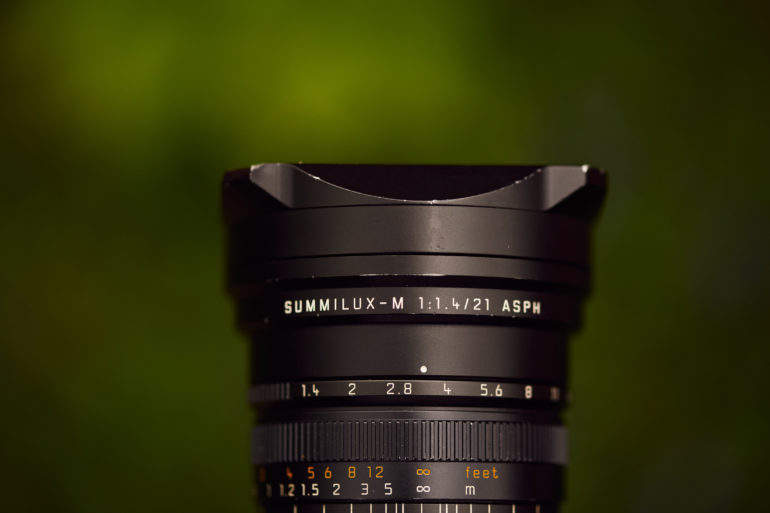

This allows for a full-frame circle of projection on an APS-C sensor. Below is a sample from the Sony A7rII’s full-frame sensor.įull lens bokeh samples using the Mitakon M42-Fuji FX Speed Master. You also won’t get as much of the swirly effect if you’re shooting on an APS-C camera. This of course won’t appear in every image, you sort of have to get the distance and focus just right to get it to get the out-of-focus area to swirl this crazy. The Helios 58mm f2 lens is known for the swirling bokeh effect, especially the 44M-2. Typically diffraction is influenced by the pixel pitch of the camera sensor, but – sometimes some lenses still perform better than others.Īt f2, even several feet from the wall, the lens is hardly usable unless you’re looking to sacrifice sharpness for big bubble bokeh and shallow depth.į2.8 is a significant improvement over f2, then between f4 and f8, the lens seems to give the sharpest results. I like to do these diffraction tests because they always help to find the sweet spot of the lens. In terms of overall sharpness, I’ve yet to get an image that has blown me away like I get with the Fujinon 56mm f1.2, especially wide open, but it still can produce some very nice detail at the right f-stop (of around f4-f8) and at the right distance. You can also see there is very little distortion. You can see the center falls out of focus. It’s not too bad on an APS-C camera for a lens under $100.īelow is a sample where I try to focus at the edges at f2. However, diffraction will cause you to lose resolution overall, so you need to adjust your aperture accordingly.Īlso, this will be even less of an issue the further the subject is from the lens since you’ll get slightly more depth at infinity.īelow is a straight out of camera (APS-C XT2) sample at f5.6. So, the higher your f-stop, the more depth of field you get and your corners should get sharper. You can focus on the edges, but then your center falls out of focus. These soft edges are not necessarily because the lens isn’t capable of producing good detail in the corners and edges, but because the corners and edges are actually slightly out of focus since this lens has some pretty bad spherical aberrations. The filter size of the Helios 44-2 is 49mm. Helios 58mm f2 44-2 M42 Mount Lens – Amazon.You’ll also need an adapter depending on your camera. I also don’t buy UV filters for these old lenses since it’s sometimes almost just as cheap to buy a new lens if anything happens. I prefer Amazon personally but sometimes they are harder to find. I’ve bought a few off Amazon and a few off Ebay. You can buy these lenses on Ebay, or even on Amazon. I’ll have more reviews on the other lenses as well. In this review, I’ll only be discussing the 44-2. In terms of quality and performance, these lenses are great for non-radioactive vintage lenses. They are all similar and different but built with the same goal – to copy the Zeiss Biotar. There are several variations of this lens all with different character.
They are known for their beautiful large swirling bubble bokeh.
Types of bokeh lens series#

The 24mm f/1.4 has proved to produce great bokeh, which is the factor that gives photographers this favored effect.Īt any aperture, the 9 rounded aperture blades aid in keeping the contour of the background highlights round, full, and without outlining. Nikon understands that photographers who use this lens anticipate high dimensional quality, which means that the subject and background appear to be separated. Although the bokeh quality isn't as outstanding as other Nikon portrait lenses like the Nikkor 35mm f/1.4G, it's still great for real estate photography. Although the Nikkor 24mm f/1.4 is a wide-angle lens, the tiny depth of field of f/1.4 produces a pleasing bokeh.


 0 kommentar(er)
0 kommentar(er)
